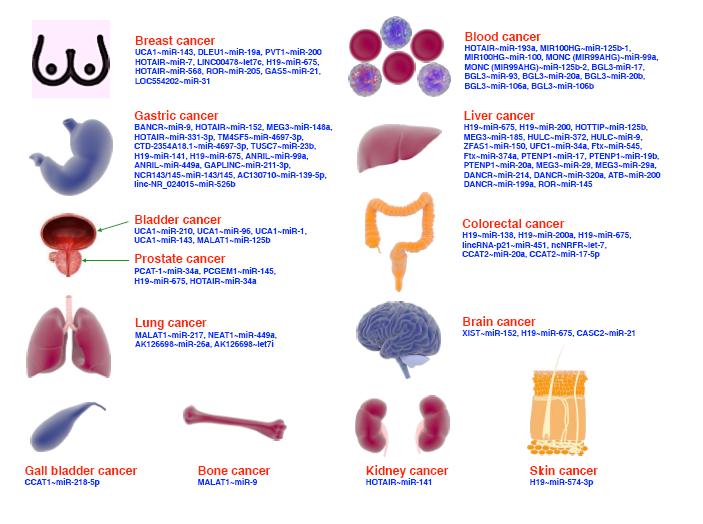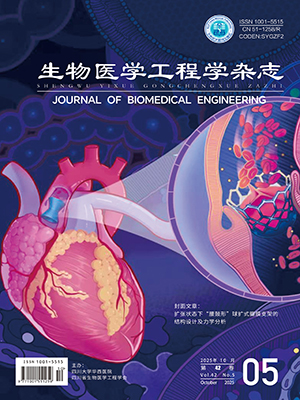| 1. |
伏云发, 杨秋红, 徐保磊, 等. 脑-机接口原理与实践. 北京: 国防工业出版社, 2017: 5-6.
|
| 2. |
伏云发, 郭衍龙, 张夏冰, 等.脑-机接口—革命性的人机交互. 北京: 国防工业出版社, 2020.
|
| 3. |
伏云发, 龚安民, 南文雅. 神经反馈原理与实践. 北京: 电子工业出版社, 2021: 33-34.
|
| 4. |
伏云发, 龚安民, 陈超, 等. 面向实用的脑-机接口: 缩小研究与实际应用之间的差距. 北京: 电子工业出版社, 2022: 45-47.
|
| 5. |
伏云发, 王帆, 丁鹏, 等. 脑-计算机接口. 北京: 国防工业出版社, 2023: 631-646.
|
| 6. |
Wolpaw J R, Birbaumer N, Heetderks W J, et al. Brain-computer interface technology: a review of the first international meeting. IEEE Trans Rehabil Eng, 2000, 8(2): 164-173.
|
| 7. |
Wolpaw J R. Brain–computer interfaces as new brain output pathways. J Physiol, 2007, 579(3): 613-619.
|
| 8. |
Wolpaw J R, Wolpaw E W. Brain-computer interfaces: something new under the sun// Wolpaw J, Wolpaw E W. Brain-computer interfaces: principles and practice. Online: Oxford Academic, 2012: 3-12.
|
| 9. |
Chen Y, Wang F, Li T, et al. Considerations and discussions on the clear definition and definite scope of brain-computer interfaces. Front Neurosci, 2024, 18: 1449208.
|
| 10. |
罗建功, 丁鹏, 龚安民, 等. 脑机接口技术的应用、 产业转化和商业价值. 生物医学工程学杂志, 2022, 39(2): 405-415.
|
| 11. |
Lombardi I, Buono M, Giugliano G, et al. Usability and acceptance analysis of wearable BCI devices. Appl Sci, 2025, 15(7): 3512.
|
| 12. |
Jangwan N S, Ashraf G M, Ram V, et al. Brain augmentation and neuroscience technologies: current applications, challenges, ethics and future prospects. Front Syst Neurosci, 2022, 16: 1000495.
|
| 13. |
Orovas C, Sapounidis T, Volioti C, et al. EEG in education: A scoping review of hardware, software, and methodological aspects. Sensors (Basel), 2024, 25(1): 182.
|
| 14. |
Mankins J C. Technology readiness levels. Washington DC: NASA Office of Space Access and Technology, 1995.
|
| 15. |
Rodríguez López N, Alvarez Cabal J V, Cuiñas M C, et al. Applicability of technology maturity level evaluation methodologies within small-and medium-sized organizations: Prospects and proposals. Systems, 2023, 11(8): 387.
|
| 16. |
Fu Y, Chen X, Hu Y. Correct understanding of brain–computer interfaces. J Neurorestoratology, 2024, 12(3): 100139.
|
| 17. |
Liu X, Zhang W, Li W, et al. Effects of motor imagery based brain-computer interface on upper limb function and attention in stroke patients with hemiplegia: a randomized controlled trial. BMC Neurol, 2023, 23(1): 136.
|
| 18. |
Liao W, Li J, Zhang X, et al. Motor imagery brain–computer interface rehabilitation system enhances upper limb performance and improves brain activity in stroke patients: A clinical study. Front Hum Neurosci, 2023, 17: 1117670.
|
| 19. |
伏云发, 杨帮华, 陈树耿, 等. 基于想象的脑机交互原理与实践. 北京: 电子工业出版社, 2025.
|
| 20. |
Saibene A, Caglioni M, Corchs S, et al. EEG-based BCIs on motor imagery paradigm using wearable technologies: a systematic review. Sensors, 2023, 23(5): 2798.
|
| 21. |
Cheng Y, Yan L, Shoukat M U, et al. An improved SSVEP-based brain-computer interface with low-contrast visual stimulation and its application in UAV control. J Neurophysiol, 2024, 132(3): 809-821.
|
| 22. |
Angrick M, Luo S, Rabbani Q, et al. Online speech synthesis using a chronically implanted brain–computer interface in an individual with ALS. Sci Rep, 2024, 14(1): 9617.
|
| 23. |
Mitchell P, Lee S C M, Yoo P E, et al. Assessment of safety of a fully implanted endovascular brain-computer interface for severe paralysis in 4 patients: the stentrode with thought-controlled digital switch (SWITCH) study. JAMA Neurol, 2023, 80(3): 270-278.
|
| 24. |
Valeriani D, Cecotti H, Thelen A, et al. Translational brain-computer interfaces: From research labs to the market and back. Front Hum Neurosci, 2023, 17: 1152466.
|
| 25. |
Floridi L. Why the AI hype is another tech bubble. Philos Technol, 2024, 37(4): 128.
|
| 26. |
Liu M, Fang M, Liu M, et al. Knowledge mapping and research trends of brain-computer interface technology in rehabilitation: a bibliometric analysis. Front Hum Neurosci, 2024, 18: 1486167.
|
| 27. |
Gordon E C, Seth A K. Ethical considerations for the use of brain–computer interfaces for cognitive enhancement. PLoS Biol, 2024, 22(10): e3002899.
|
| 28. |
Maiseli B, Abdalla A T, Massawe L V, et al. Brain–computer interface: trend, challenges, and threats. Brain Inform, 2023, 10(1): 20.
|
| 29. |
Livanis E, Voultsos P, Vadikolias K, et al. Understanding the ethical issues of brain-computer interfaces (BCIs): a blessing or the beginning of a dystopian future?. Cureus, 2024, 16(4): e58243.
|
| 30. |
Fu Y, Xue Y, Chen X, et al. Brain-computer interface (BCI) in clinical neurorestorative practices. J Neurorestoratology, 2025, 13(2): 100188.
|
| 31. |
Zhang Z, Chen Y, Zhao X, et al. A review of ethical considerations for the medical applications of brain-computer interfaces. Cogn Neurodyn, 2024, 18(6): 3603-3614.
|
| 32. |
Khan A Y Y, Anjum A, Qadri H M. Ethical tightrope: Navigating neuro-ethics in brain computer interface (BCI) technology. Brain Spine, 2024, 4: 102800.
|
| 33. |
Loriette C, Amengual J L, Ben Hamed S. Beyond the brain-computer interface: Decoding brain activity as a tool to understand neuronal mechanisms subtending cognition and behavior. Front Neurosci, 2022, 16: 811736.
|
| 34. |
Värbu K, Muhammad N, Muhammad Y. Past, present, and future of EEG-based BCI applications. Sensors, 2022, 22(9): 3331.
|
| 35. |
张喆, 陈衍肖, 赵旭, 等. 植入式脑机接口医学应用伦理规范考量. 生物医学工程学杂志, 2024, 41(1): 177-183.
|
| 36. |
Yadav H, Maini S. Electroencephalogram based brain-computer interface: Applications, challenges, and opportunities. Multimed Tools Appl, 2023, 82(30): 47003-47047.
|
| 37. |
Tsai P C, Akpan A, Tang K T, et al. Brain computer interfaces for cognitive enhancement in older people-challenges and applications: a systematic review. BMC Geriatr, 2025, 25(1): 36.
|
| 38. |
Hossain K M, Islam M A, Hossain S, et al. Status of deep learning for EEG-based brain–computer interface applications. Front Comput Neurosci, 2023, 16: 1006763.
|
| 39. |
Xia R T, Yang S. Factors influencing the social acceptance of brain-computer interface technology among Chinese general public: an exploratory study. Front Hum Neurosci, 2024, 18: 1423382.
|
| 40. |
Istace T. Neurorights: the debate about new legal safeguards to protect the mind. Issues Law Med, 2022, 37(1): 95-114.
|
| 41. |
Cornejo-Plaza M I, Cippitani R, Pasquino V. Chilean Supreme Court ruling on the protection of brain activity: neurorights, personal data protection, and neurodata. Front Psychol, 2024, 15: 1330439.
|
| 42. |
Ienca M, Fins J J, Jox R J, et al. Towards a governance framework for brain data. Neuroethics, 2022, 15(2): 20.
|
| 43. |
Garbe T. The presentation of brain-computer interfaces as autonomy-enhancing therapy products: A mechanism to promote societal acceptance of implant technologies. NanoEthics, 2024, 18(3): 13.
|




